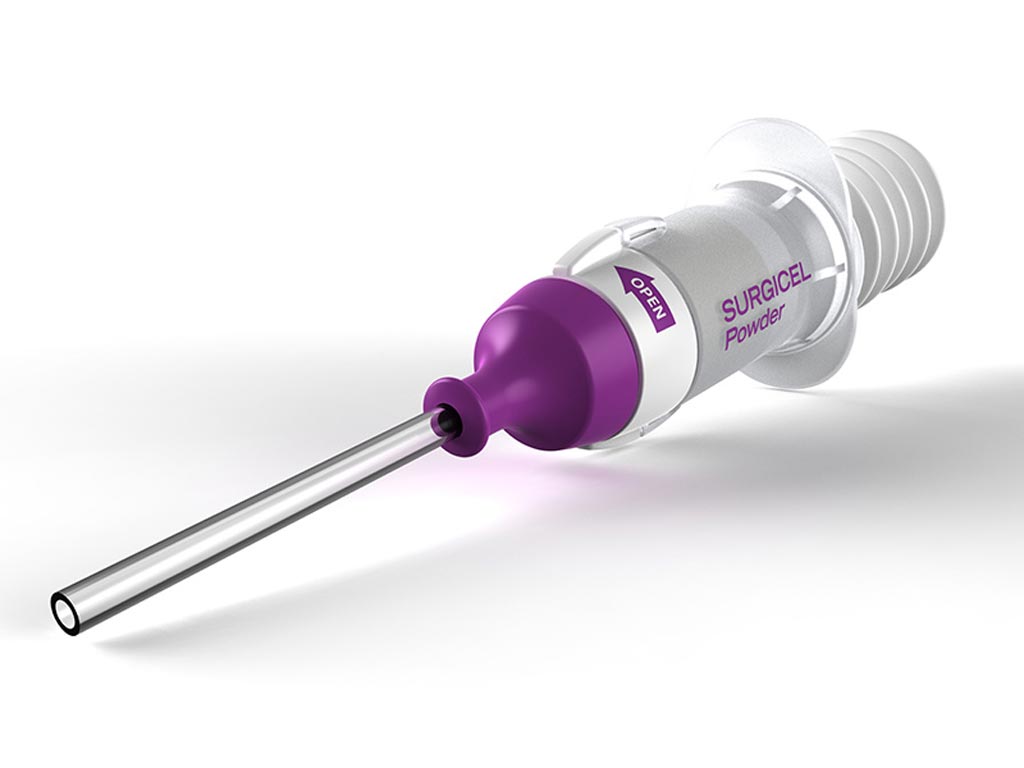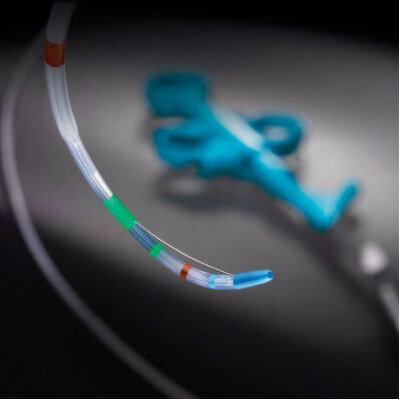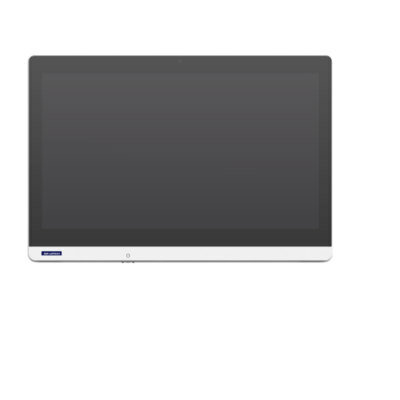Adjunctive Hemostatic Solution Controls Oozing Blood
By HospiMedica International staff writers
Posted on 28 Aug 2017
An absorbable hemostatic powder comprised of oxidized regenerated cellulose (ORC) offers quick surface coverage with an easy-to-use applicator.Posted on 28 Aug 2017
The Ethicon (Somerville, NJ, USA) Surgicel Powder Absorbable Hemostat uses proprietary plant-based ORC technology to provide a polyanhydroglucuronic acid (PAGA) hemostatic solution that penetrates oozing blood, quickly stopping bleeding at the source. The exact mechanism of is poorly understood, but is believed to promote coagulation physically, rather than by triggering the physiological clotting mechanism, and also by encouraging platelets to adhere and aggregate. The resulting coagulation clot stays intact even when the surgical field is irrigated.

Image: A new powdered formulation of Surgicel is now available (Photo courtesy of Ethicon).
Surgicel Powder Absorbable Hemostat also provides bactericidal coverage against a range of gram-positive and gram-negative organisms, including methicillin-resistant Staphylococcus aureus (MRSA), Vancomycin-resistant Enterococcus faecalis (VRE), penicillin-resistant Streptococcus pneumoniae (PRSP), and Methicillin-resistant Staphylococcus epidermidis (MRSE). Absorption commences within 24 hours, and within one week multinucleated giant cells are observed. After four to eight weeks they disappear together with the Surgicel.
“This new and innovative approach to applying ORC, combined with the proven track record of the Surgical brand, will give surgeons an ideal solution to control oozing bleeding on broad surfaces during surgeries,” said Oray Boston, worldwide vice president and Biosurgery platform leader at Ethicon.
Cellulose is a homopolysaccharide that can be either regenerated to form organized fibers or remain non-regenerated with unorganized fibers prior to oxidation. Polyuronic acid is the main component of oxidized cellulose, with nonoxidized hydroxyl groups remaining as a fibrous component. The oxidization process gives oxidized cellulose its hemostatic and bactericidal properties; the low pH of the carboxylic acid groups generates a primary local styptic action, a secondary platelet activation to form a temporary platelet plug, and conditions under which most bacteria cannot survive.














